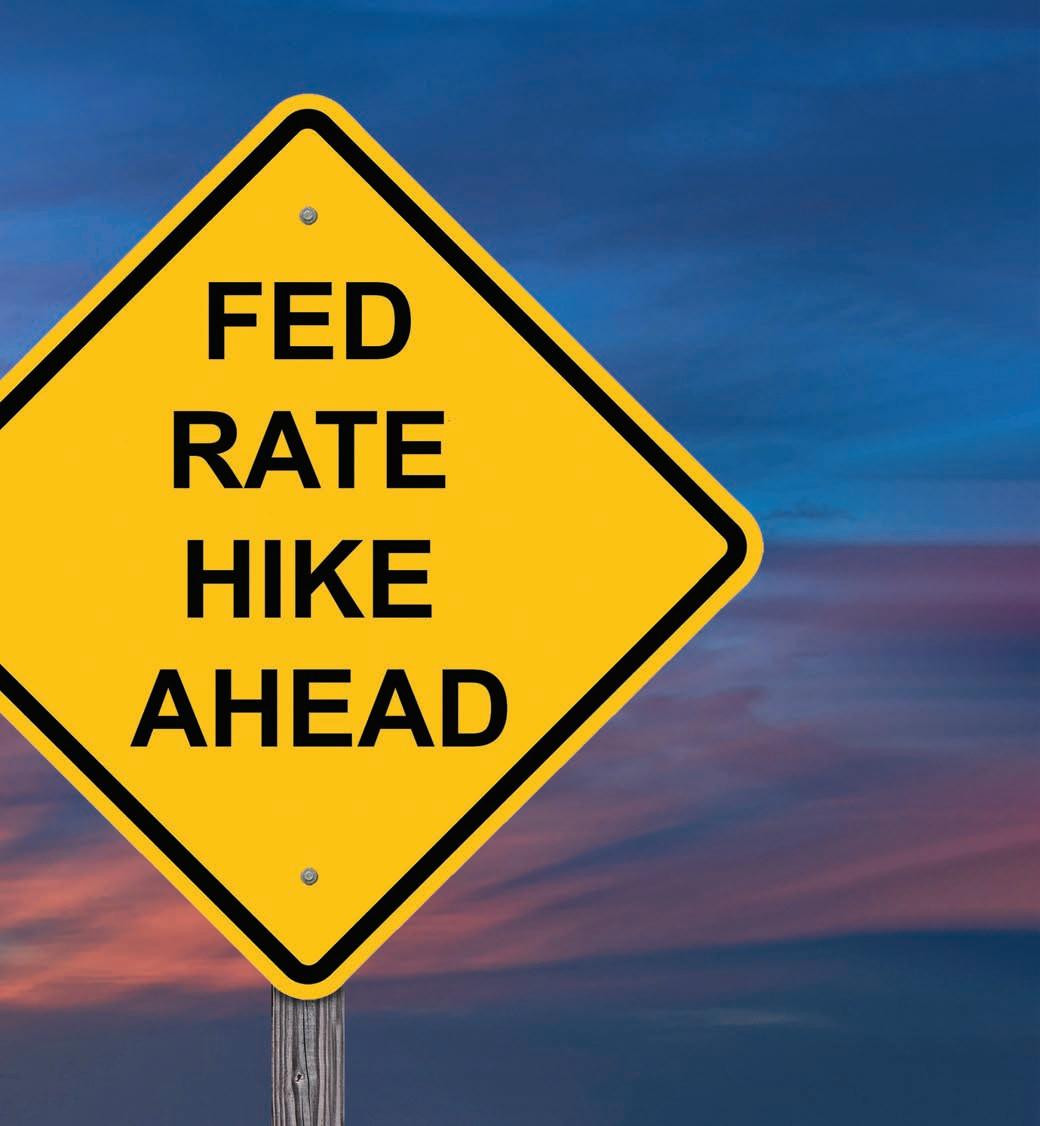
1 minute read
Yun: Latest Fed Hike
Average annual percentage rates for credit cards are now over 20%. Home equity lines of credit are up to 7.99%.
By Melissa Dittmann Tracey
The Federal Reserve voted in early May to raise its benchmark interest rate for the tenth time in a year, putting too much pressure on small regional banks, said NAR’s chief economist.
The Federal Reserve’s monetary policy may now be hurting banks and, in turn, the housing market. The Fed voted Wednesday to raise its benchmark interest rate another quarter point—the tenth hike in a year— adding financial pressure to banks and, eventually, borrowers. The Fed’s rate often influences mortgage rates but is not tied directly to them.
Lawrence Yun, chief economist for the National Association of REALTORS®, called the Fed’s latest hike “unnecessary and harmful.”
“Consumer price inflation has been decelerating and will continue this trend,” he said. “After the awful 9% consumer price inflation in the summer of last year, the latest data shows 5% inflation. It will be even lower as the heavyweight component to inflation, which is rent, will inevitably slow down given the robust, 40-year high in construction of new apartment units.”
Yun said the continual rate hikes have upended the balance sheets of many small regional banks. “They are becoming zombie-like banks, unable to lend even to good businesses, as they are more concerned with balance sheet shuffling for survival,” Yun noted. “This situation will worsen with each additional rate hike by the Federal Reserve. Only by stopping the rate hikes— or even a reversal later in the year if inflation continues to calm—will the small banks have a better chance of survival against the big banks.”
The Fed hinted after its May meeting that it would likely pause its streak of rate hikes soon, saying that it would weigh several factors in “determining the extent” to which future hikes would be needed.

The federal funds rate is the interest rate at which banks borrow and lend to one another. CNBC reports that the average annual percentage rates for credit cards are now over 20%—marking an all-time high. Also, home equity lines of credit, which are closely connected to the Fed’s rate, are up to 7.99%, according to Bankrate.
Mortgage rates, which are more directly tied to Treasury yields and the economy, have been rising, too. As of May 4, the 30-year fixed-rate mortgage averaged 6.39%, which is significantly higher than its 5.27% average just a year ago, according to Freddie Mac.
The Federal Reserve hinted after its meeting that it would likely pause its streak of rate hikes soon, saying that it would weigh several factors in “determining the extent” whether any future hikes would be needed.
Reprinted from Realtor® Magazine Online, May 2023, with permission of the National Association of Realtors®. Copyright 2023. All rights reserved.










